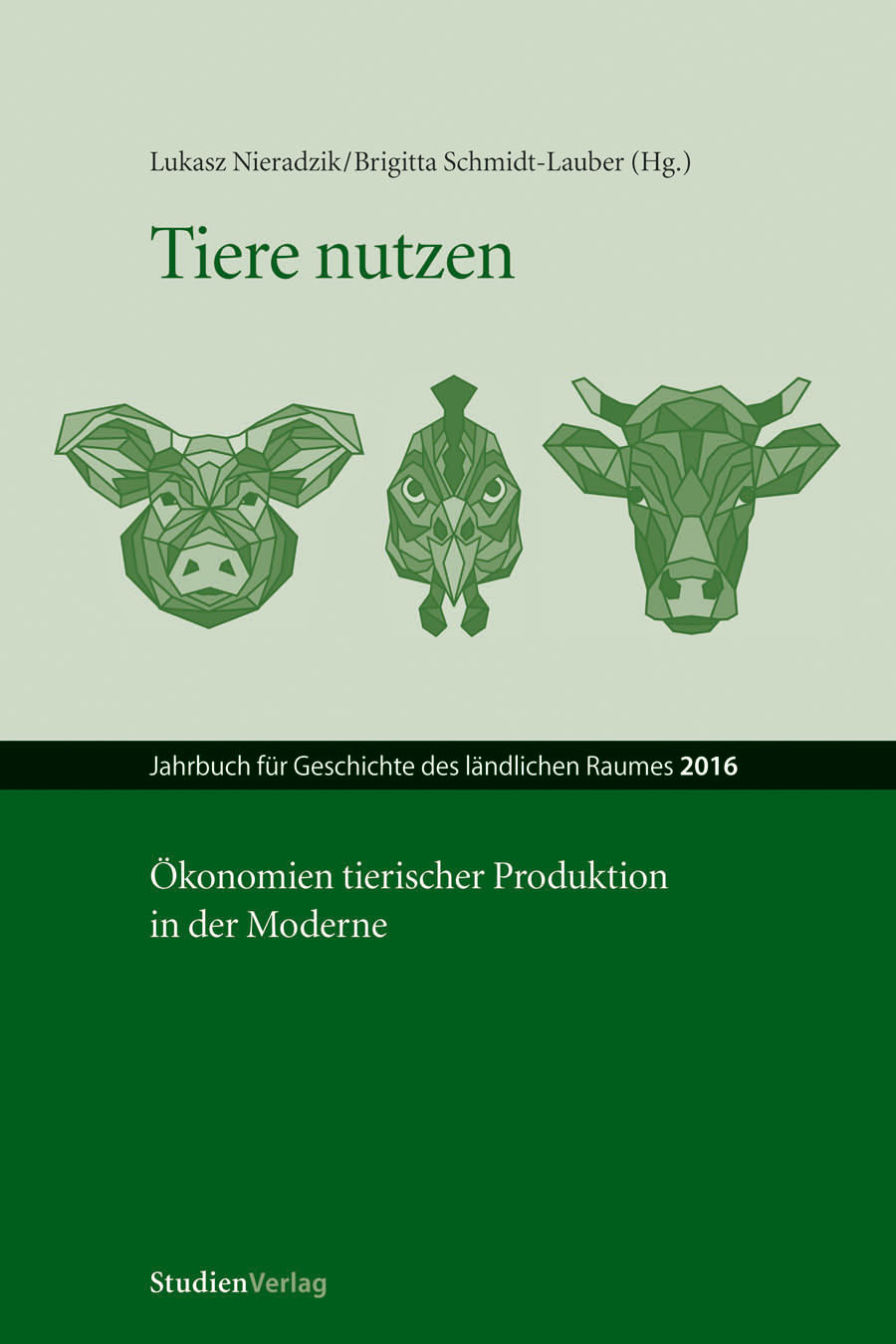Tierwohl in der Nutztierhaltung aus tierschutzwissenschaftlicher Perspektive
DOI:
https://doi.org/10.25365/rhy-2016-5Abstract
This paper gives a brief historic account of animal welfare science and addresses current concepts of animal welfare. In 1964, Ruth Harrison’s book Animal Machines led to an intense public debate in the UK about animal production, which not only affected husbandry standards but also served as the starting point for animal welfare science as a research discipline. Currently, we can distinguish three main concepts of animal welfare that refer to a) the
biological function, b) the mental state of the animals and, c) the animal’s ability to perform normal behaviours. According to these concepts, a valid assessment of animal welfare requires the use of animal-based measures taken directly on the animal (e. g. through examination or observation). Accordingly, animal-based assessment protocols have recently been developed for a number of farm animal species; they may be used for the detection of welfare problems at the farm or regional/national level or for farm assurance purposes. Future tasks comprise the assessment of (positive) emotional states as well as the implementation of improvement measures in farming practice.


